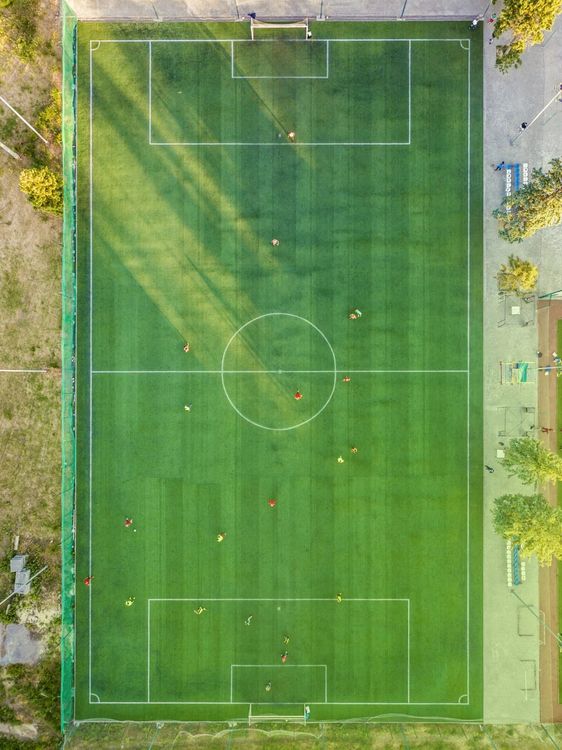555-555-5555
mymail@mailservice.com
#FTB4L
The global game as a force for good.
The intersection of football and responsibility.
THE MOST IMPORTANT CONVERSATION IN THE GAME.
At FTB4L (Football 4 Life), we believe football is more than a game - it is a platform for positive change.
Our mission is to drive and promote sustainable practices, responsible operations, and social equity across the global game, embedding sustainability into how clubs train, govern, grow revenue, engage communities, and steward the future of the game.

Find out how we empower every club, from grassroots to elite, to flourish sustainably on the pitch, in the boardroom, and in the community.
Stay connected with FTB4L!
Sign up for our newsletter to receive the latest news, insights, and exclusive content on football sustainability and responsible practices. Be the first to know about new podcast episodes, articles, and events. Drive positive change in the world of football!